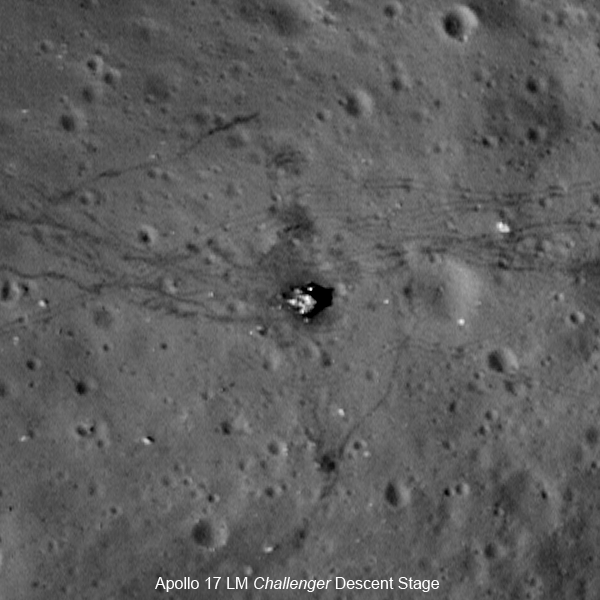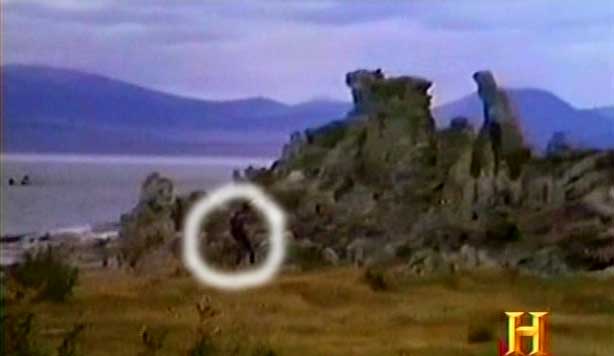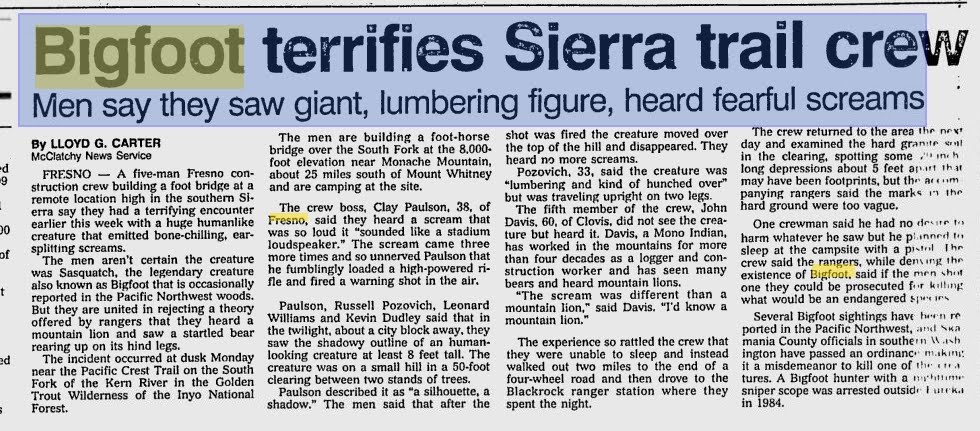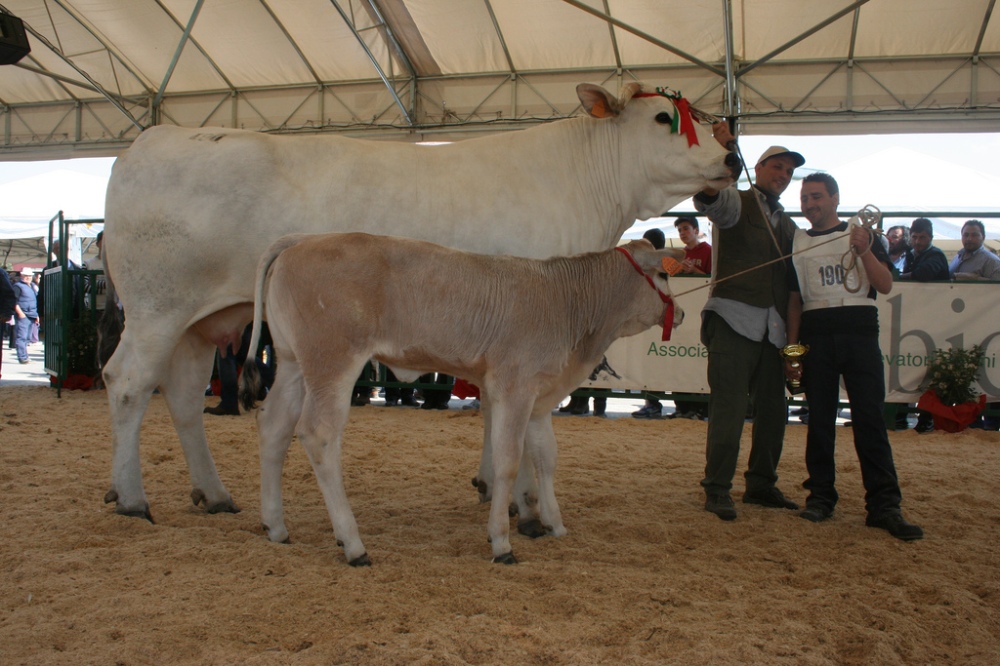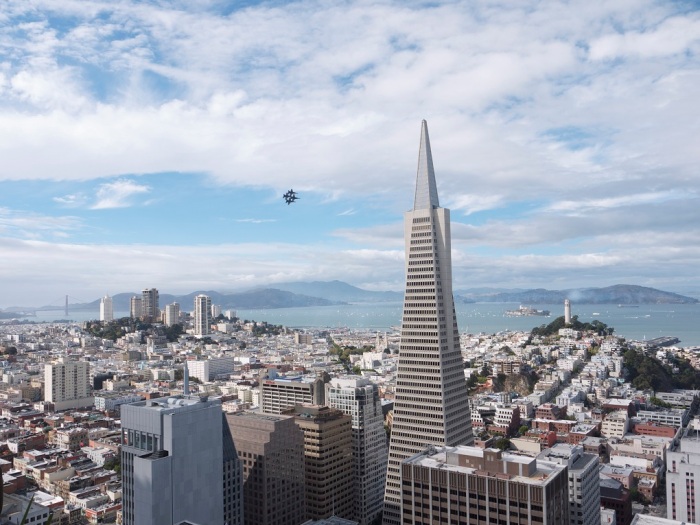1965-2015
‘Spacewalkin’
50 years ago Ed White became the first American to step into space.

June 3, 1965
Astronaut Edward H. White II, pilot for the Gemini-Titan 4 space flight, floats in space during America’s first spacewalk. The extravehicular activity (EVA) was performed during the Gemini 4 mission on June 3, 1965. White spent 23 minutes maneuvering around his spacecraft as Jim McDivitt remained inside the spacecraft. White is attached to the spacecraft by a 25-foot umbilical line and a 23-foot tether line, both wrapped in gold tape to form one cord. In his right hand, White carries a Hand-Held Self Maneuvering Unit (HHSMU), which he used to help move him around the weightless environment of space. The visor of his helmet is gold plated to protect him from the unfiltered rays of the sun.
It’s half a century since Ed White became the first American to step into space, in 1965. Now an almost routine part of any space mission, the EVA (Extra Vehicular Activity), or “spacewalk” was once a hazardous procedure.
During the 1950s and 1960s, the USSR scored a few early firsts in the Space Race: first satellite (Sputnik 1); first man in space (Yuri Gagarin); and first spacewalk (Alexei Leonov on March 8, 1965).
Leonov encountered many difficulties during his own spacewalk. He could only maneuver by pulling on the umbilical cord that tethered him to the spacecraft, and his suit over-inflated in the vacuum of space. Leonov had to bleed some oxygen from the suit to be able to get back in the hatch. The extent of these problems was not revealed until after the end of the Cold War.

June 3, 1965
Ed White over the Gulf of Mexico.
NASA scheduled its first spacewalk to take place during the Gemini 4 mission. On June 3, 1965, Ed White left the Gemini spacecraft and, with the aid of a Hand-Held Self Manoeuvring Unit (HHSMU), or “zip gun,” White was able to move 15 feet (5 meters) from the craft.
Communication problems meant White had to be actively ordered to re-enter the spacecraft. Opening and closing the hatch was problematic, and a planned dump into space of White’s used spacewalk equipment was abandoned.
Several more spacewalks were performed during the Gemini missions, but the astronauts tired quickly and experienced overheating. It was Buzz Aldrin who first overcame these problems, working for just over two hours outside Gemini 12. Aldrin’s experiences as a scuba diver inspired NASA’s move to training astronauts for spacewalks in large water tanks to simulate the weightlessness of space.

Nov. 12, 1966
Edwin E. Aldrin Jr., pilot of the Gemini 12 spacecraft, performs extravehicular activity (EVA) during the second day of the four-day mission in space. Aldrin is positioned next to the Agena work station.
With the advent of the space shuttle, spacewalks became routine. In 1983, NASA astronauts began using the Extravehicular Mobility Unit (EMU), a self-contained life support device. The Shuttle Remote Manipulator System (SRMS), also known as Canadarm, was developed by Canada and delivered to NASA in 1981, the first of five such arms. This machine could be used as an anchor for astronauts during spacewalks.
On Feb. 7, 1984, the Manned Manoeuvring Unit (MMU) was deployed. For the first time, this allowed an astronaut to work untethered. Using the MMU, Bruce McCandless became the first astronaut to fly free in space, moving 320 feet (98 meters) away from the shuttle.
In 2001, Susan Helms and James Voss set the record for the spacewalk with the longest duration, at eight hours and 56 minutes.

Mar. 6, 1969
Apollo 9 Command/Service Modules (CSM), nicknamed “Gumdrop,” and Lunar Module (LM), nicknamed “Spider,” are shown docked together as Command Module Pilot David R. Scott stands in the open hatch. Astronaut Russell L. Schweickart, Lunar Module pilot, took this photograph of Scott during his EVA as he stood on the porch outside the Lunar Module. Apollo 9 was an Earth orbital mission designed to test docking procedures between the CSM and LM, as well as test fly the Lunar Module in the relative safe confines of Earth orbit.

Feb. 12, 1984
Mission Specialist Bruce McCandless II, is seen further away from the confines and safety of his ship than any previous astronaut had ever been. This space first was made possible by the Manned Manuevering Unit or MMU, a nitrogen jet propelled backpack. After a series of test maneuvers inside and above Challenger’s payload bay, McCandless went “free-flying” to a distance of 320 feet away from the Orbiter.

Sept. 16, 1994
Astronauts Carl J. Meade and Mark C. Lee (red stripe on suit) test the Simplified Aid for EVA Rescue (SAFER) system some 130 nautical miles from Earth. The pair were actually performing an in-space rehearsal or demonstration of a contingency rescue using the never- before-flown hardware. Meade, who here wears the small backpack unit with its complementary chest-mounted control unit, and Lee, anchored to Discovery’s Remote Manipulator System (RMS) robot arm, took turns using the SAFER hardware during their shared space walk.

Sep. 16, 1995
The pale blue Earth serves as backdrop for astronaut Michael Gernhardt during his Extravehicular Activity (EVA). He is standing on a Manipulator Foot Restraint (MFR) attached to the Remote Manipulator System (RMS). He is positioned over the Payload Bay, and Endeavour’s forward section is reflected in his visor. A thermal cube is attached to the RMS and records temperatures during spacesuit evaluations. Unlike earlier spacewalking astronauts, Gernhardt was able to use an electronic cuff checklist, a prototype developed for the assembly of the International Space Station (ISS).

Nov. 14, 1984
Astronaut Dale A. Gardner, having just completed the major portion of his second extravehicular activity (EVA) period in three days, holds up a “For Sale” sign referring to the two satellites, Palapa B-2 and Westar 6, that they retrieved from orbit after their Payload Assist Modules (PAM) failed to fire. Astronaut Joseph P. Allen IV, who also participated in the two EVAs, is reflected in Gardner’s helmet visor. A portion of each of two recovered satellites is in the lower right corner, with Westar 6 nearer Discovery’s aft.

Russian cosmonaut conducting maintenance on the ISS












